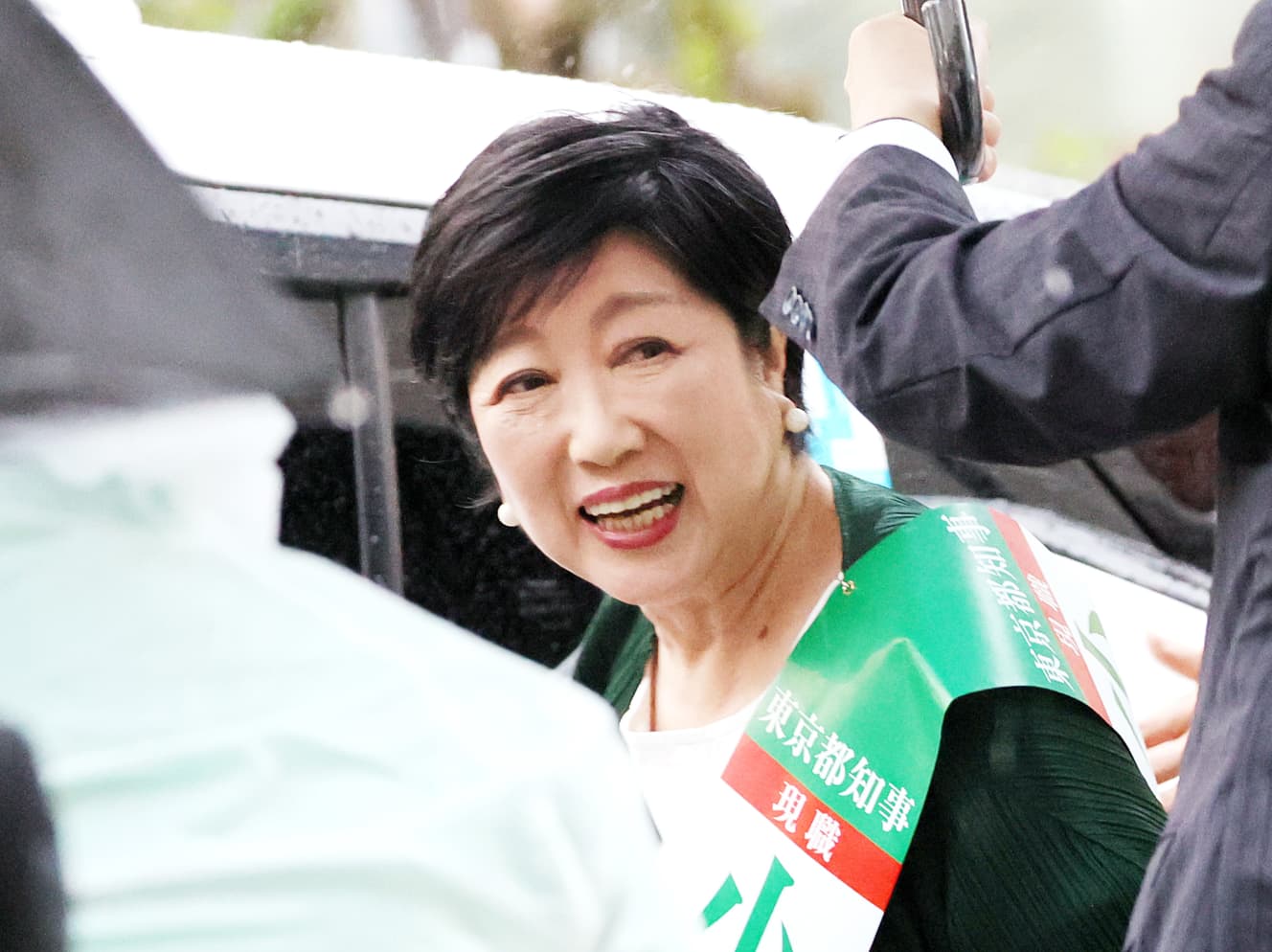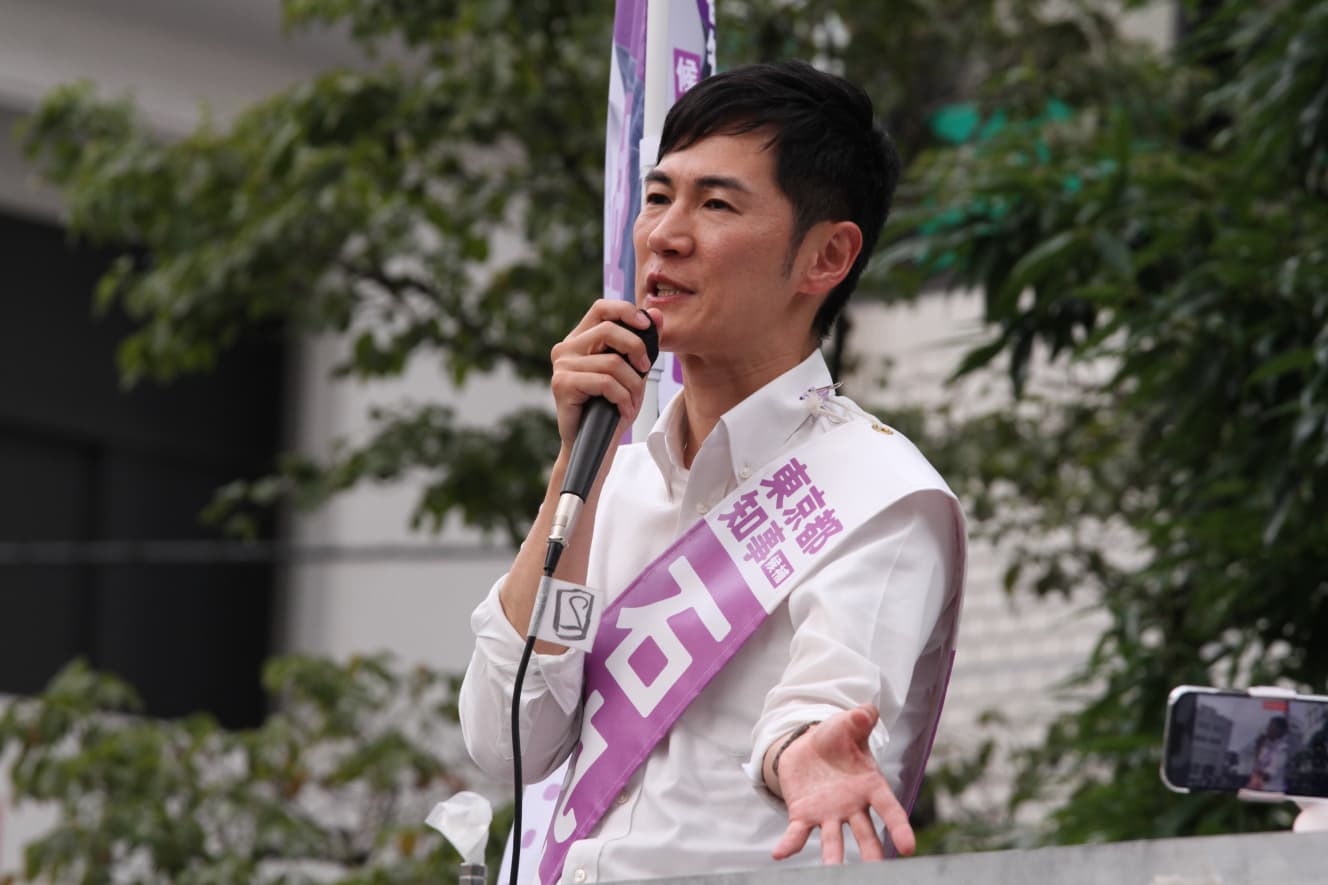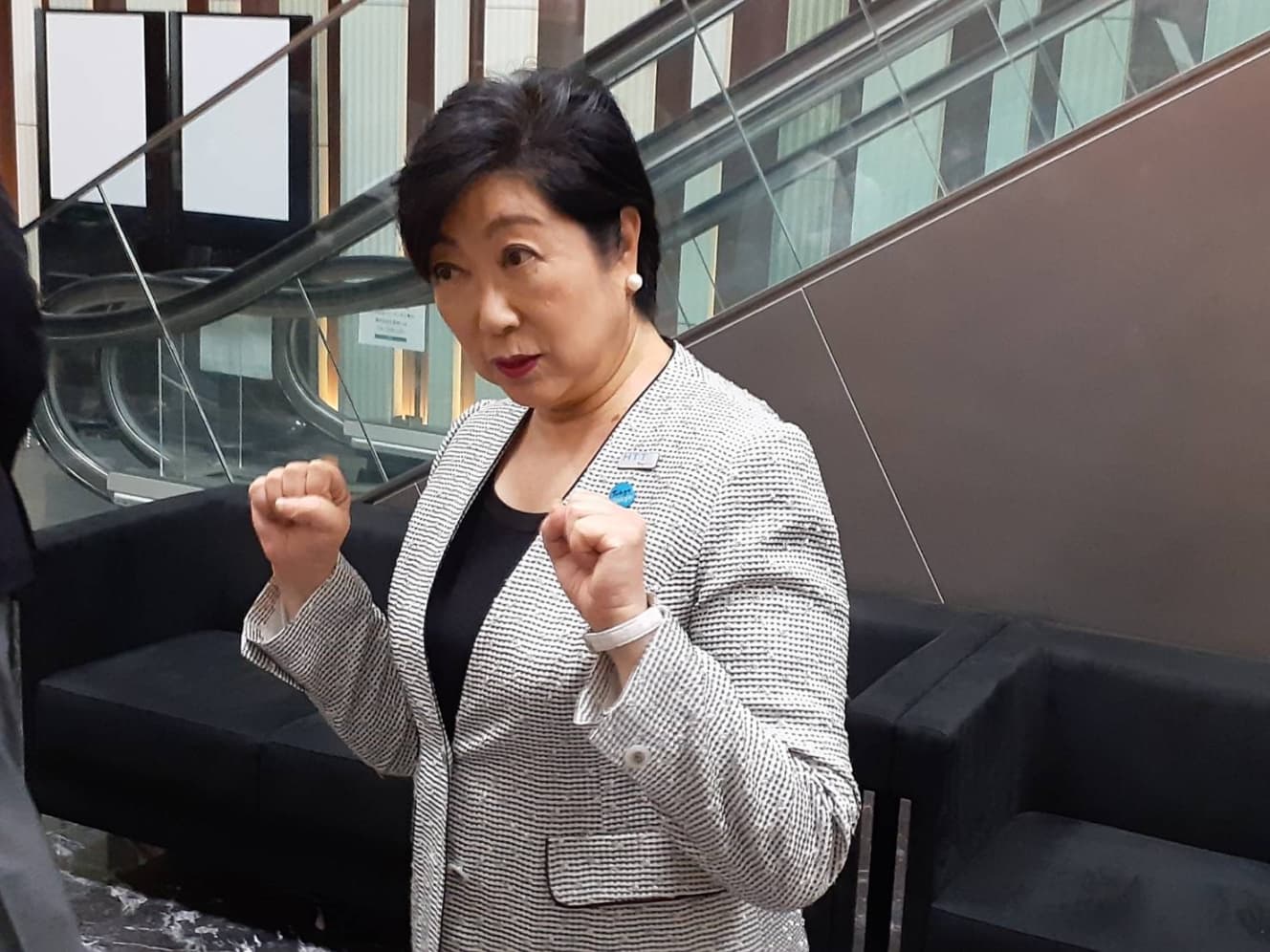Why Candidate Renho Experienced an Unexpected Slowdown in the Final Stages of the Tokyo Gubernatorial Election
On the 29th, Renho announced additional pledges, proposing a ‘Tokyo resident referendum’ to gauge support for the redevelopment of Jingu Gaien. However, it felt like a last-minute measure, and there were mistakes in how the pledges were communicated. A Liberal Democratic Party staff member snickered.
“Renho is delivering speeches primarily along the Chuo Line where crowds gather. However, the topics of discussion focus on supporting young people and addressing disparities in non-regular employment. If she aimed to resonate with the audience, she should have spoken in areas within the 23 wards where average incomes are not high. It is estimated that the three parties—Constitutional Democratic Party, Communist Party, and Social Democratic Party—can secure around 1.4 million votes. Without capturing swing votes, defeating Governor Koike is unlikely. However, the swing votes are increasingly going to the popular Ishimaru candidate. This debacle suggests that both anti-Koike sentiment and votes are being carried away by Ishimaru’s surge in popularity.”
Governor Koike delivered her first street speech after the announcement on June 22 in Hachijojima, followed by a speech at JR Okutama Station on the 23rd. On the 29th, she held her first street campaign in the 23 wards at Kitasenju, Adachi Ward, and the next day, she spoke in Kamata, Ota Ward.
In contrast, Renho’s speech strategy, which contrasts with Koike’s, is called the “Kawakami Operation.” It starts from sparsely populated rural areas and moves towards urban areas in the downstream towards the end, expanding the circle of support—a tactic mastered by the late Prime Minister Kakuei Tanaka.

“However, Koike also faces vulnerabilities. While she should calmly navigate the election campaign, she couldn’t hide her irritation when questioned by a freelance journalist about alleged educational background discrepancies from Cairo University on Hachijojima and Okutama. At Hachijojima Airport, she retorted, ‘Are you from the Tsubasa Party?’ Although it didn’t become a major topic, incidents like these verbal missteps are to be avoided,” said a Tokyoites First executive.
Ishimaru, currently perceived to be in third place, attracted a large crowd around Asagaya Station on the rainy weekday evening of July 1st. However, his speeches are slow and deliberate, yet lacking in concrete proposals beyond slogans. In terms of oratory skills, Koike and Renho are more adept.

“His speeches may be clumsy, but perhaps that very aspect, untouched by Nagatacho politics, appears fresh. I’ve been involved in nearly 150 elections since my twenties, but I’ve never seen a candidate gather 5,000 volunteers. He managed to post posters on public bulletin boards without spending much money, and donations amounting to 200 million yen were raised. Unexpected things keep happening.”
In Nagatacho, known as the ‘God of Elections’ and ‘Master of Victories,’ election planner Shinnosuke Fujikawa (70) of the Ishimaru camp, while puzzled, asserted:
“We can see 1.5 million votes. Second place will likely be Ishimaru, not Renho.”
The scenario envisioned by Renho’s camp, aiming to corner Governor Koike by Tanabata and then enthusiastically running for the next House of Representatives election, seems destined for revision.
Interview and text by Daisuke Iwasaki: Daisuke Iwasaki Photo: Daisuke Iwasaki/Afro
